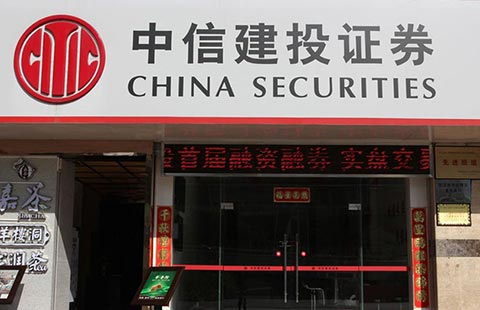
Divesting state assets could mean getting rid of non-core business operations to improve core profitability, retiring some excess capacities and lower debt leverage through sector consolidation, and at the local level, monetizing state assets to help local government finances. Such measures will also help to reduce bad debt and benefit the banks as well.
Moving to a more market-based operating environment for SOEs include factor price reform and introducing market competition. The first includes adjusting energy and utility prices, and interest rate liberalization measures that are already underway and that will reduce implicit subsidies to some SOEs and help re-orient the economy. The second includes opening up certain sectors to private and foreign competition, and levelling the playing field between SOEs and non-SOEs in terms of access to resources and market. There will clearly be both winners and losers in these reforms.
Increasing SOE dividend payment gradually over the coming years not only should help increase local and central government revenue, but also should help improve SOE governance as their retained "free" cash is reduced and spending is more scrutinized. The latter may lead to lower capex spending and less build-up in excess capacities as well. How might these types of SOE reforms in China affect overall economic performance and the equity market?
For investors who are looking for large-scale privatization and mass SOE restructuring, the expected gradual and piecemeal SOE reforms will unlikely be perceived as the "game changer", not for the overall economy or the SOE sector as a whole. Nevertheless, these reforms can help improve corporate governance and incentive structure, cash flow and profitability, as well as competitiveness of relevant enterprises. Therefore, at the company and sector level, there could be interesting and significant opportunities for investors. Of course, the reforms could also expose problems in some SOEs and lead to consolidation in some areas.
We think investors should focus on the regions and sectors where SOE reforms may move faster, and on specific aspects and opportunities in these areas. For example, the government is pushing forward with reforms in the petrochemical sector, which may be followed by reforms in the energy (oil and gas, and power) sector. Prices are being adjusted to better reflect market forces while private and foreign companies will have more investment opportunities in the energy and petrochemical sectors. In railway, other transport and public utility sectors, the priority may be to adjust prices and introduce public-private partnership. In competitive industries or those with excess capacities, the focus may be to divest and restructure assets. So far, regions such as Shanghai and Guangdong have already released specific plans for SOE reforms and initiated the first steps while many other provinces will finalize their plans in the coming months.
We expect SOE reform to be a recurring theme playing out in the coming months and years.
The author is a UBS economist. Her views do not necessarily represent those of chinadaily.com.cn.
Wang Tao's earlier articles
Is China losing competitiveness or moving up value chain?
UBS cuts 2014 China CPI forecast to 2.7%
Aiming for both growth and reform
Don't worry about aggressive credit tightening
Systemic banking crisis not in sight, analyst says








